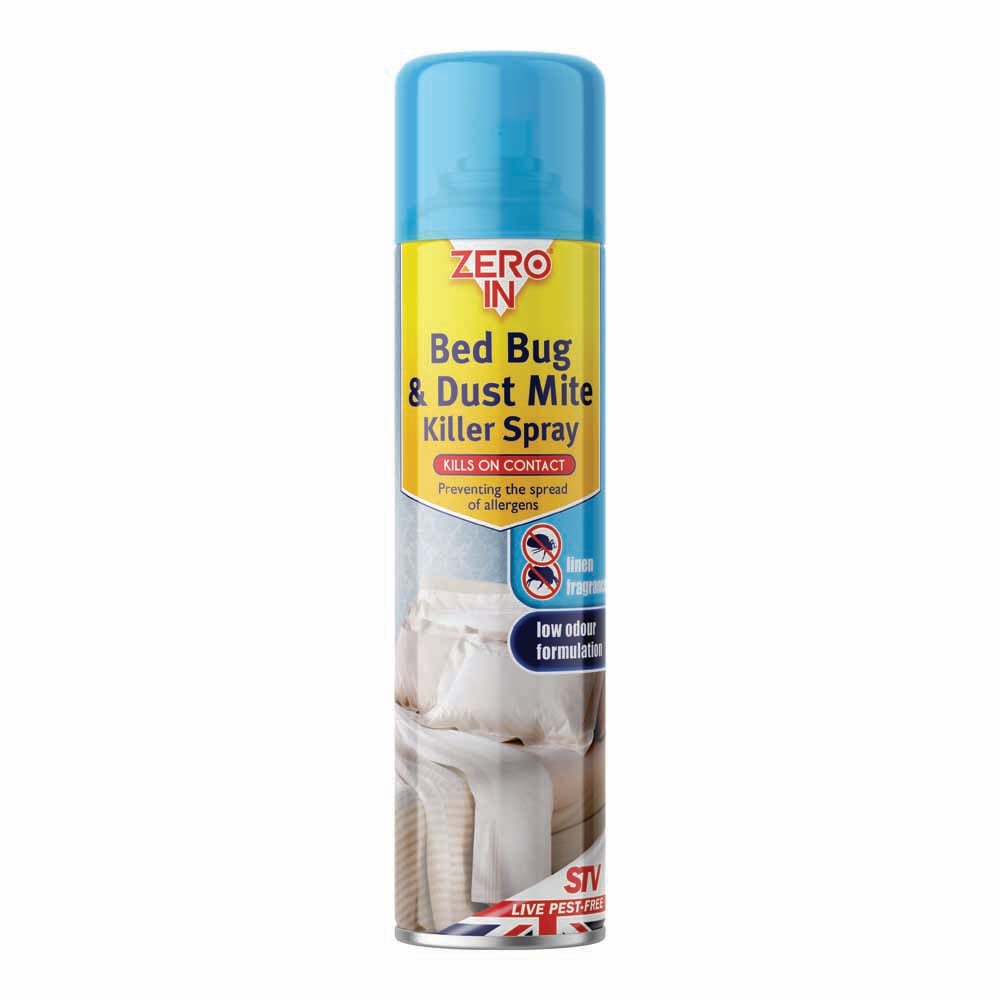Sleep Talk Blog, Health & Wellbeing
Bedroom Dust Mite Allergy - Symptoms and Causes
Bedroom Dust Mite Allergy
No matter how clean your home is, it has dust mites. Dust mites are found in all homes, particularly in bedrooms and bedding, living off human skin scales and producing around 20 droppings daily.
The chemicals in these droppings and their decaying bodies trigger an allergic reaction in people and pets. In humans, dust mites are associated with asthma, eczema, and perennial allergic rhinitis.
A dust mite allergy causes your immune system to react to proteins and chemicals in their excrement and hard shells. Typical symptoms include:
- Runny nose
- Watery eyes
- Sneezing
- Coughing
- Itchy skin
- Asthma problems
These symptoms alone won’t typically cause significant health problems, but repeated exposure to dust mites can trigger a severe reaction. You can become very sensitive and struggle with severe asthma attacks in severe cases.
What are dust mites?

Dust mites are small insects (around a quarter of a millimetre) that can’t be seen with the naked eye. They feed on dead skin cells and love warm, humid environments, with every home thought to host at least some of them.
The enzymes in their faeces and their shells cause allergy and asthma symptoms, and the problem is exasperated in bedrooms.
Bedrooms provide several perfect environments for dust mites, including mattresses, bedding, washing piles, and wet towels you throw onto the floor from the en-suite. Any damp surface is the perfect breeding ground.
The scale of the problem
Estimates suggest that the average mattress has 1.5 million dust mites inside, which probably has your skin crawling.
This doesn’t even include your bedding, with your duvet, pillows, and sheets estimated to host another million dust mites.
An unclean, damp mattress could have as many as 10 million dust mites – enough to make you feel incredibly itchy and stressed.
Your furry pets also have a heightened sense of dust mites, with cats especially sensitive to them as they crawl on their fur (if your cat doesn’t have fleas and randomly starts freaking out, dust mites could be the problem).
How they cause health problems
Dust mite excrement and hard shells contain poisonous enzymes to humans, triggering an allergic reaction that ranges from mild to severe.
With regular cleaning, dust mites cause nothing more than mild congestion, but an overwhelmed bedroom can make you very sick.
You can develop a cough, congestion, facial pressure, an eczema flare-up, or severe asthma attacks from dust mites. This is especially true in the bedroom when getting into bed kicks dust up into the air that you breathe.
If you cough, sneeze and get watery eyes or itchy skin in bed, there’s a good chance dust mites are to blame.

What to do about dust mites
The best deterrent against dust mites is a clean bedroom, especially your mattress, bedding, and places where you put dirty clothes.
Frequent vacuuming, damp dusting, and washing can all treat dust mites, providing you dispose of waste outside your home. You can freeze your bedding for at least ten hours, killing dust mites and other insects.
You don’t need specialised products, but Zero In’ Bed Bug & Dust Mite Killer Powder is excellent to sprinkle onto your mattress, carpet, and draperies. Wet dust mite spray is another option for draperies and rugs.

Unfortunately, you won’t kill every dust mite, and they will always return. Take these steps to reduce dust mites in your bedroom:
- Use a washable, hypoallergenic mattress topper and wash it once every two weeks
- Wash your bedding every week
- Sprinkle dust mite powder over your carpet every two weeks and vacuum it off
- Reduce humidity in your bedroom with a dehumidifier (electric or crystals)
- Clean regularly. Vacuum every few days if possible and wipe down all dusty surfaces.
If you enjoyed this article, read our article covering how to make your bedroom the healthiest room in your house.

